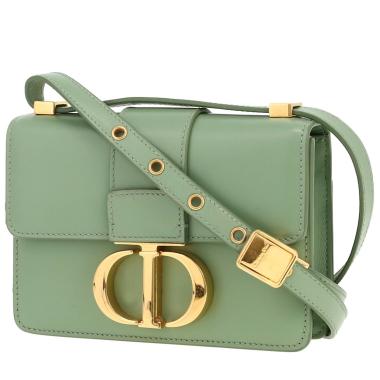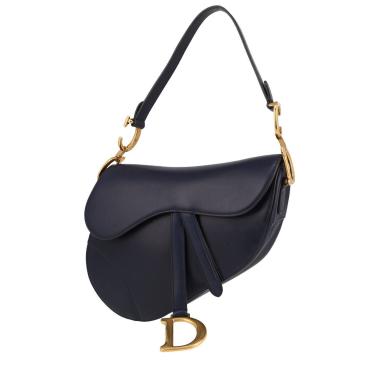The history of Dior bags
Born in 1905, Christian Dior founded a brand which revolutionised fashion in the 1950s. Having opened a gallery in 1928, which the
Dior bags
Born in 1905, Christian Dior founded a brand which revolutionised fashion in the 1950s. Having opened a gallery in 1928, which then succumbed to the crisis of 1929, Christian Dior began drawing dresses and hats as a designer, as well as for the press.
Noted for his talent, at the age of 33 he was hired by the fashion house of Robert Piguet, where he learned to favour a stripped-back style. He then continued to cut his teeth with Lucien Lelong. In 1945, the textile manufacturer Marcel Boussac offered him funding to set up his own fashion house, which he accepted.
In 1947, the first Dior fashion show was an unparalleled success. His New Look, a style returning to a sumptuous idea of feminine elegance which had been abandoned during the war, instantly propelled him to the front of the international stage. His Corolle line, characterised by a drawn-in waist, an ample ankle-length skirt and rounded shoulders, remains famous to this day.
In 1947, the firm launched its first fragrance, Miss Dior. In 1949, it was the turn of prêt-à-porter and, in 1950, the first licenses were granted for accessories. The pace at which Dior released collections – seven a year – restored Paris as the capital of fashion.
Christian Dior died in 1957, forcing Yves Saint-Laurent, whom he had hired as a dress designer in 1954, to become the firm’s artistic director for a time. He was succeeded by Marc Bohan from 1962 to 1989, and then Gianfranco Ferré from 1989 to 1997.
Dior was acquired by the LVMH group in 1987.
In 1995, Dior launched its most emblematic bag – the Lady Dior, designed by Gianfranco Ferré. Presented to Princess Diana by Bernadette Chirac on a visit to Paris, it very quickly became an “it-bag.”
Dior returned to the media spotlight in 1999, with the arrival of British fashion designer John Galliano as artistic director. John Galliano proved an expert in the design codes of the great master Christian Dior and reinterpreted them ingeniously, drawing inspiration from every direction (street fashion, homeless people’s old clothing, sportswear, sadomasochism, etc.) and ensuring that collections were never short of surprises. He resigned from his post after making anti-Semitic remarks, however.
He has now been replaced by Belgian designer Raf Simons, former artistic director with the Jil Sander fashion house, who is honoured to be responsible for the most elegant and famous French brand in the world. Since the 1950s, the Dior brand has lost none of its flair. On the contrary, with more than 230 shops worldwide, it is one of the leading brands in the luxury market. Dior Couture posted half-yearly turnover of 632 million euros on 31 October 2012, up 26% compared with the same period in 2011. Dior Couture is popular in Asian and American markets, but its sales are also constantly growing in Europe, despite the economic crisis.































